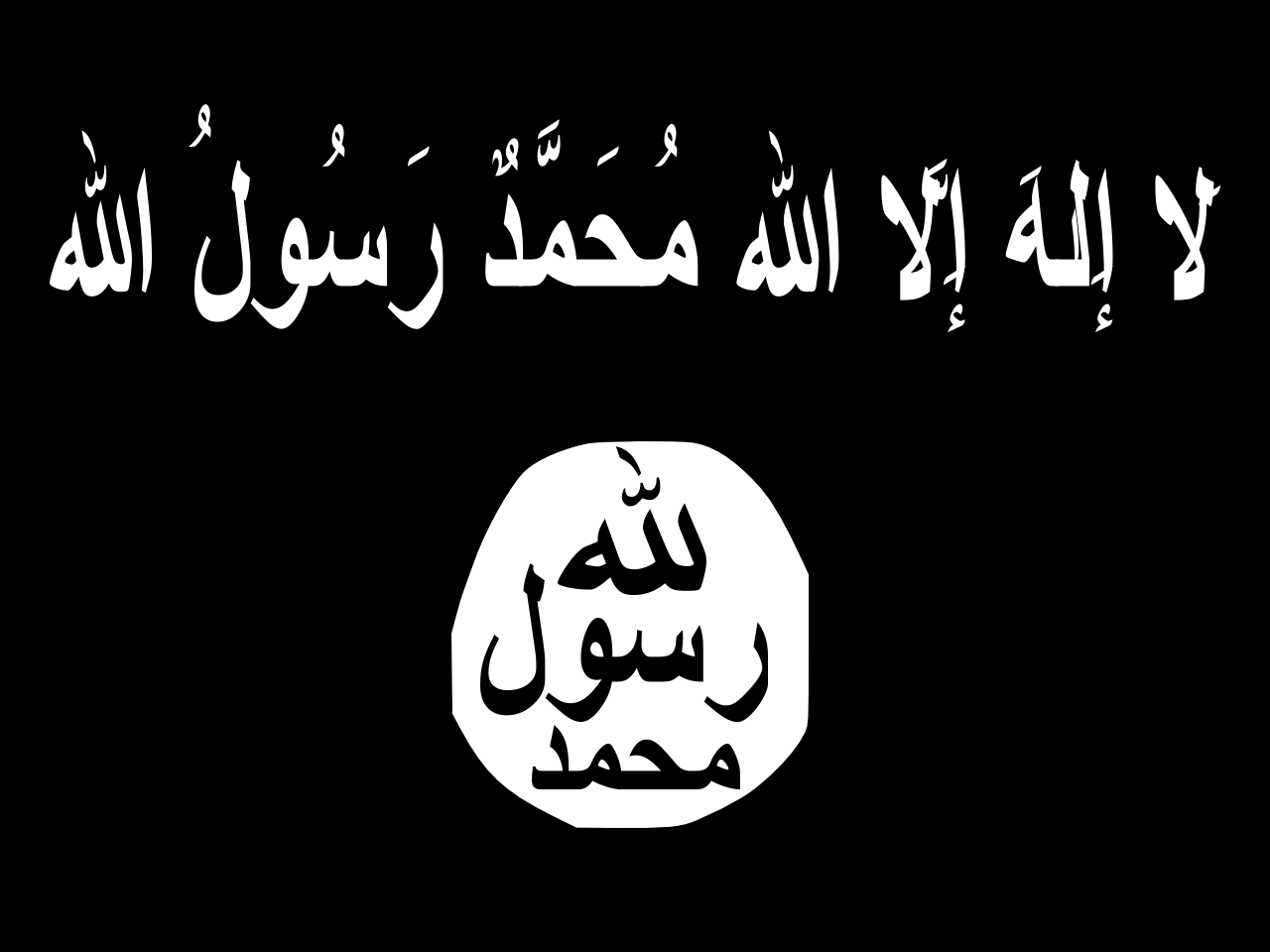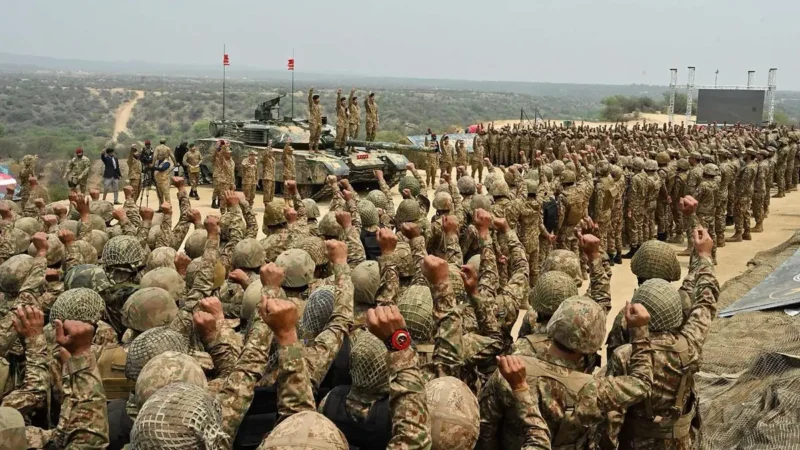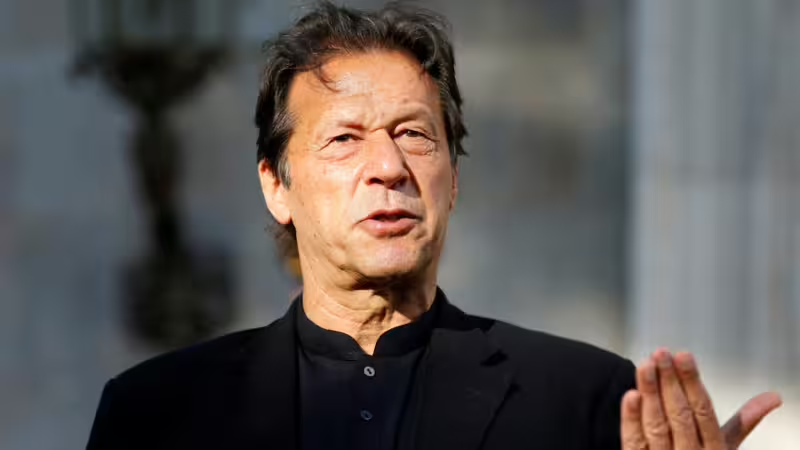ISIS after Baghdadi: Is Every Caliph Replaceable?

On October 27, 2019, U.S. President Donald Trump announced that U.S. special forces had killed the Islamic State (also known as ISIS)’s leader Abu Bakr al-Baghdadi in a raid in northwestern Syria. Trump claimed that Baghdadi’s capture or elimination had been his government’s “number one national security mission” and that the world had now become “a much safer place.”[1] US Secretary of Defense Mark Esper added, “This is a clear victory in the ongoing mission to defeat ISIS.”[2] The day after Trump’s announcement, the U.S. announced that the Central Intelligence Agency (CIA) had also killed ISIS’s spokesman, Abu al-Hassan al-Muhajir.[3]
Baghdadi’s death was another important step in the international effort to defeat ISIS, which began with the establishment of the international coalition against the organization in September 2014. The coalition succeeded – in cooperation with the Iraqi Army and the Syrian Democratic Forces (SDF) in eastern Syria – to retake control of all territories occupied by the organization since Baghdadi declared a caliphate in June 2014. Baghdadi’s death was preceded by several declarations of victory over ISIS: In July 2017, then Iraqi Prime Minister Haider al-ʿAbadi declared ISIS defeated, and in March 2019, Trump stated that the U.S. had recaptured all of the territory in Syria and Iraq that had been occupied by ISIS.[4] In December 2019, Trump tweeted that the United States “defeated ISIS in Syria,” using this statement to justify his decision to withdraw U.S. forces from northeastern Syria in early October.[5]
ISIS has defined itself as a state, which distinguished it from al-Qaʿida, and made the coalition’s destruction of ISIS’s territorial project an important development. Similarly, the death of Baghdadi was also a significant blow to the organization. Baghdadi was not only the leader of a global jihadist organization that terrorized hundreds of thousands of people in the Middle East and the West, but also, and more importantly in the eyes of ISIS members and their supporters, a jihadist leader defined as a Caliph—a political-religious ruler who acts as a successor to the Prophet Muhammad, and presumes to lead the entire global Muslim community (the umma). With the declaration of the caliphate in the summer of 2014, ISIS presented Baghdadi as “the Imam and Caliph of Muslims everywhere.” To justify this presumption, he was described as “a scion of the Prophet’s family” and the tribe of Quraysh, the tribe of the Prophet Muhammad in the Arabian Peninsula in the seventh century. ISIS established Baghdadi’s legitimacy through the group’s declaration of the caliphate and through other public statements that created an image of authority, incorporating religious knowledge, charisma, and religious authority rooted in a genealogy linked to the sacred tribe of Quraysh.
The combination of these features conferred upon Baghdadi a unique status within ISIS and the broader salafi-jihadi movement, and the organization’s success on the ground legitimized Baghdadi’s caliphate. The ISIS caliphate was disputed by Muslim religious scholars across the world, and salafist-jihadist ʿulama also criticized Baghdadi’s claim to the caliphate. Hence, one would expect that his death would constitute a severe blow to the organization, which remains without territory since March 2019 and without a leader of Baghdadi’s stature. In order to minimize the damage to its image in the aftermath of Baghdadi’s and Muhajir’s deaths, ISIS took several steps aimed at projecting an image of organizational continuity. These measures were intended to show its supporters, rivals, and opponents that the organization had not only survived, but it was also expanding into other arenas and that the threat of terrorism, especially to the West, had not ended with the assassination of its leader.
Its first step was announcing a new leader. Four days after Trump’s announcement of the Baghdadikilling, ISIS distributed a new audio statement announcing the deaths of al-Baghdadi and al-Muhajir and the election of a new leader – Abu Ibrahim al-Hashimi al-Qurayshī– as the “Emir of the Believers and the Caliph of Muslims” by the Islamic State’s Shura Council. ISIS demanded that Muslims everywhere swear allegiance to al-Qurayshī and support him, just it had when Baghdadi had been proclaimed Caliph, describing him as “one of the symbols of the jihad.”[6]
The second step the organization took was to distribute videos of ISIS fighters giving their bayʿah (pledge of allegiance) to the new leader, al-Qurayshī in various locations around the world, including Sinai, Bengal, Somalia, Pakistan, Yemen, Syria, Iraq, Afghanistan, Nigeria, and Azerbaijan.[7] Each such announcement constituted a small media event for ISIS, displaying its global reach at a time when the organization is allegedly in decline. But beyond the propaganda value of these images, these bayʿah ceremonies are important for ISIS’s legitimacy. In Islamic tradition the bayʿah is a personal (rather than a collective) act, so there is great value for ISIS in showing its competitors and enemies that its fighters and members still maintain their allegiance to the groupeven after Baghdadi’s death and accepted the new leader’s authority.
ISIS also introduced the new leader as a scion of the Prophet Muhammad’s family and as a member of the Quraysh tribe, thus fulfilling one of the key requirements for the post of Caliph according to Sunni tradition. In addition, he was portrayed as a religious scholar and “one of the amirs [commanders] of war.” The announcement also claimed that the new Caliph has experience in fighting against American forces. However, beyond this general information – which may be true for many ISIS and al-Qaʿida activists, and there is no way to verify its reliability – no other details were provided about the new commander. According to officials from two intelligence services, the new leader’s real name is Amir Mohammed Abdul Rahman al-Mawli al-Salbi, and he is also known as Haji Abdullah. According to the same officials, Salbi is considered to be one of the most influential ideologues among ISIS’s remaining leaders. Furthermore, Salbi shares two biographical details with the now-deceased Baghdadi: like Baghdadi, he is also a religious scholar (Salbi has a degree in shariʿa law from the University of Mosul), and in 2004 he was also detained by U.S. forces in the Camp Bucca prison in southern Iraq.[8] On March 17, the U.S. Department of State designated al-Salbi as a Specially Designated Global Terrorist for his role in ISIS’s genocide of the Yazidi religious minority in northwest Iraq and for overseeing the group’s global operations.[9]
However, these details were not released by ISIS, which chose to present its new leader using a nom de guerre rather than his real name. Some analysts explain the decision to conceal Salbi’s identity as a deliberate choice and a return to ISIS’s strategy of maintaining operational secrecy, which it relied on prior to its declaration of the caliphate in 2014.[10] However, jihadism scholar Cole Bunzel claimed that this anonymity exposed al-Qurayshī to criticism from opponents of ISIS, including religious scholars who had previously belonged to the organization. They criticized ISIS for its decision to appoint al-Qurayshī because he is unknown (majhul). In contrast to ISIS’s declaration of the caliphate in 2014, during which it presented Baghdadi’s birthplace, his religious studies in Baghdad, and even recognized him by his real name, no actual details were provided on the new caliph to indicate his suitability for such a prestigious and important public role. Another point of criticism raised by these clerics was that the Islamic State today is an “imaginary state”: without control of territory or any of the government characteristics that defined the state of the Islamic caliphate from 2014 to 2017 and distinguished it from other jihadist organizations.[11]
This criticism from jihadist sources close to ISIS indicates that not everyone in the salafist-jihadist movement has accepted the organization’s decision to appoint al-Qurayshī as its new leader, contrary to the image ISIS was trying to project by publishing the bayʿah ceremonies. Moreover, Salbi does not appear to be capable of filling the void left by al-Baghdadi and becoming a source of attraction for newcomers. Baghdadi was recognized by salafist-jihadists and the wider world as the leader who re-established a caliphate for the first time since 1924, attracting more than 40,000 foreign fighters from 110 different countries and conquering large swathes of territory in Iraq and Syria. Despite ISIS’s territorial setbacks since 2014, the establishment of the caliphate earned al-Baghdadi a place of honor in jihadi history, alongside such notable figures as ʿAbdullah ʿAzzam and ʿUsama bin Ladin.
Baghdadi’s death was a serious blow to ISIS, from which it has yet to fully recover. The appointment of al-Qurayshī/al-Salbi, one of the few veteran remaining leaders of the group, was designed to ensure the organizational, ideological, and operational continuity of ISIS. Recent assessments of the group’s capabilities suggest this has been a partial success for ISIS: In February, the U.S.’s Defense Intelligence Agency (DIA) and Central Command (CENTCOM) claimed that Baghdadi’s death had not disrupted the group’s command structure or operations, and concluded that “the October death of al-Baghdadi did not result in any immediate degradation to ISIS’s capabilities.”[12] Some analysts argue that in light of the group’s successive defeats, ISIS seeks to create new theaters of operation in which to test its strength, redeploy its capabilities, and assert its presence.[13] ISIS continues to operate in both Iraq and Syria, but the pressure applied on the group have forced it to operate in a much more limited capacity in comparison to the peak of its activities in these countries in 2014-2016.
While the group’s capabilities and resources remain limited, external events since the end of 2019 have created more space for it to return: since the Turkish incursion into northeastern Syria in October 2019, attacks by ISIS sleeper-cell rose by 63 percent.[14] These attacks include roadside bombings, hit-and-run assaults, and assassinations of local leaders – a strategy of guerilla attacks practiced by the group since its earliest days as the Islamic State of Iraq (ISI), and adopted by it once again after the defeat of its territorial caliphate.[15] Furthermore, the continued political instability in Iraq since October 2018, and the U.S.-Iran rivalry, which has intensified in Iraq in recent months, have shifted U.S. and Iraqi resources and military efforts away from fighting ISIS and adds to the list of external factors that could potentially provide ISIS with the space to resurge. As such, since Baghdadi’s death, ISIS fate seems to depend as much on external events – and the political opportunities created by them – as on ISIS’s own actions.





